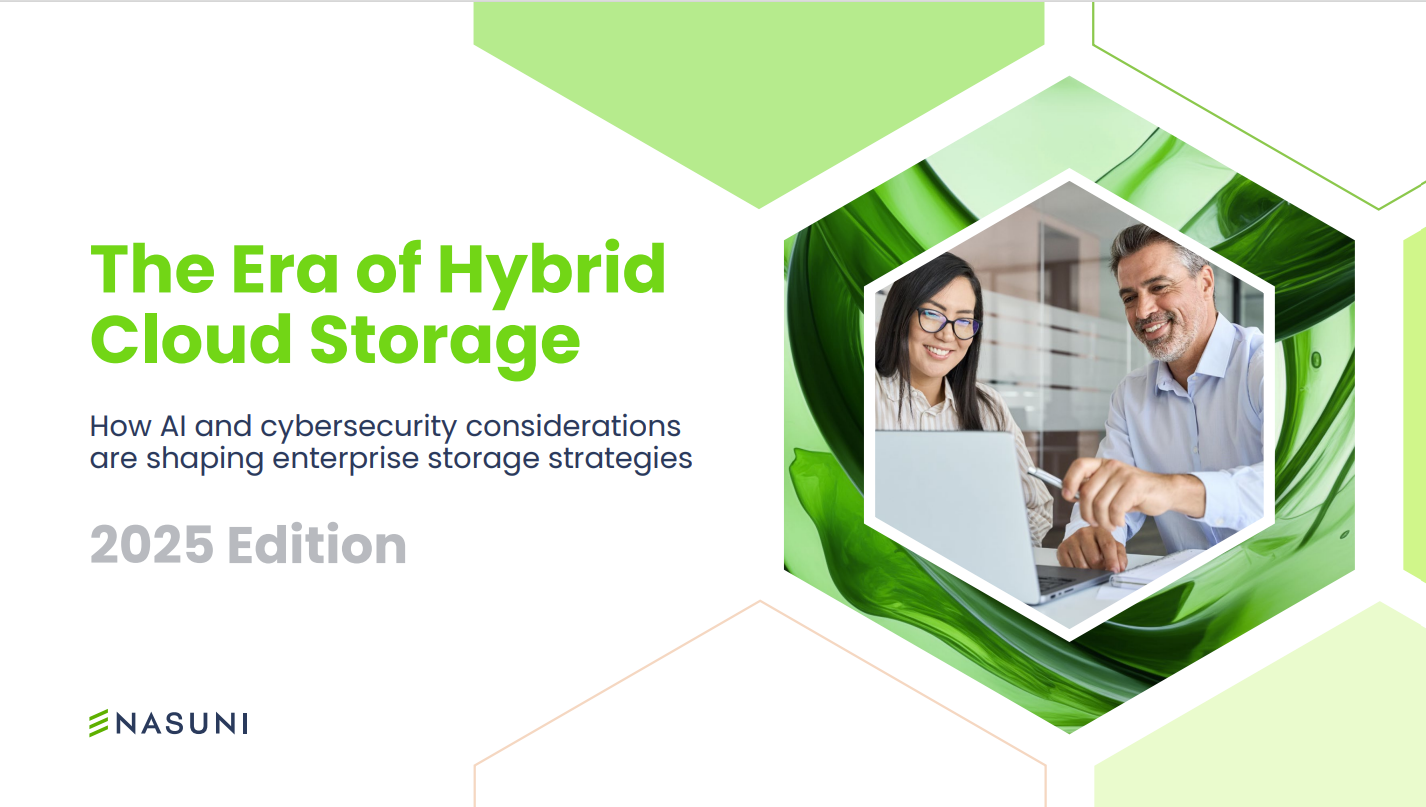Time is up for Windows 7: How do you migrate to Windows 10?
Even if you think you're ready, there are hidden problems that could trip you up


There's a looming problem on the horizon, which is going to cause a lot of headaches for businesses if they're not prepared. The issue in question? Microsoft will officially end support for Windows 7 in January 2020, meaning that businesses have less than a year to prepare their migration strategies for upgrading their business devices to a newer, supported version of Microsoft's OS.
When Windows 7 reaches End-Of-Life, it'll likely affect a lot of businesses. Windows 7 still runs on around a quarter of UK desktop PCs, according to StatCounter. It's unknown how many of those are business machines as opposed to personal devices, but it's likely to be a significant number.
If businesses haven't upgraded to a more recent OS by the time support is withdrawn, they face the prospect of having to pay Microsoft for extended support, which will get more expensive over time. A much more cost-effective solution is to ensure that you've got a strategy in place to migrate your Windows 7 desktops to Windows 10, ensuring that you're future-proofed for as long as possible.
If you want to know more about the best way to ensure a smooth and painless Windows 7 migration, you can catch up with our on-demand webinar on 'The Windows 7 clock is ticking: what should you do next?'

What can you expect?
The webinar explores the practical options available: do you upgrade, replace or virtualise? We'll discuss the security risks of delaying your migration and find out how it's affecting businesses right now.
It also explains how you can migrate to Windows 10 without disrupting your employee's productivity.
The webinar includes input from experts including PC Pro Editor-in-Chief Tim Danton, HP's Michael Pope, Microsoft's Christian Cornazzani, and migration specialist Robert Neuschul.
Get the ITPro daily newsletter
Sign up today and you will receive a free copy of our Future Focus 2025 report - the leading guidance on AI, cybersecurity and other IT challenges as per 700+ senior executives
Tim Danton is editor-in-chief of PC Pro, the UK's biggest selling IT monthly magazine. He specialises in reviews of laptops, desktop PCs and monitors, and is also author of a book called The Computers That Made Britain.
You can contact Tim directly at editor@pcpro.co.uk.
-
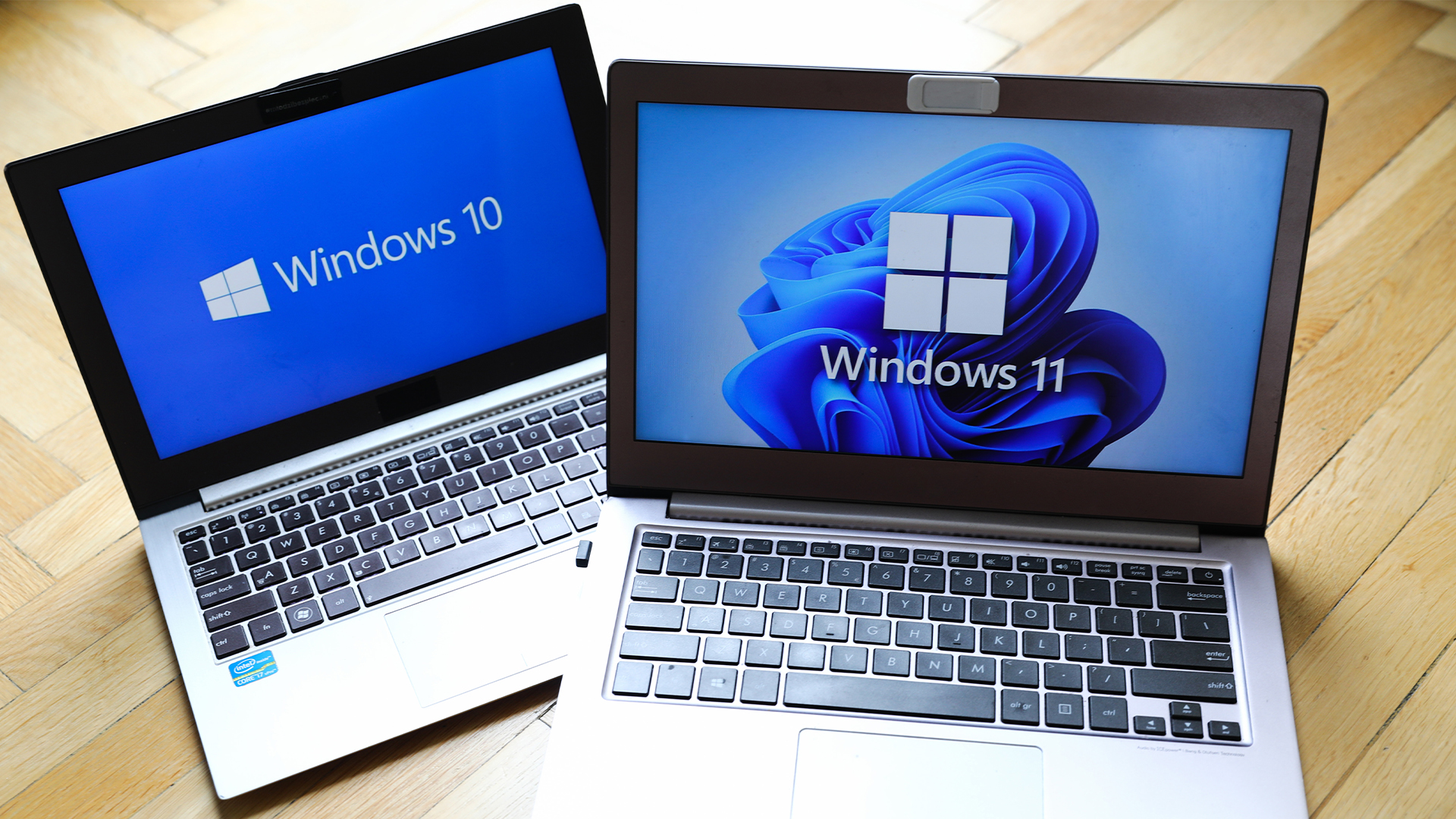 Dragging your feet on Windows 11 migration? Rising infostealer threats might change that
Dragging your feet on Windows 11 migration? Rising infostealer threats might change thatNews With the clock ticking down to the Windows 10 end of life deadline in October, organizations are dragging their feet on Windows 11 migration – and leaving their devices vulnerable as a result.
By Emma Woollacott
-
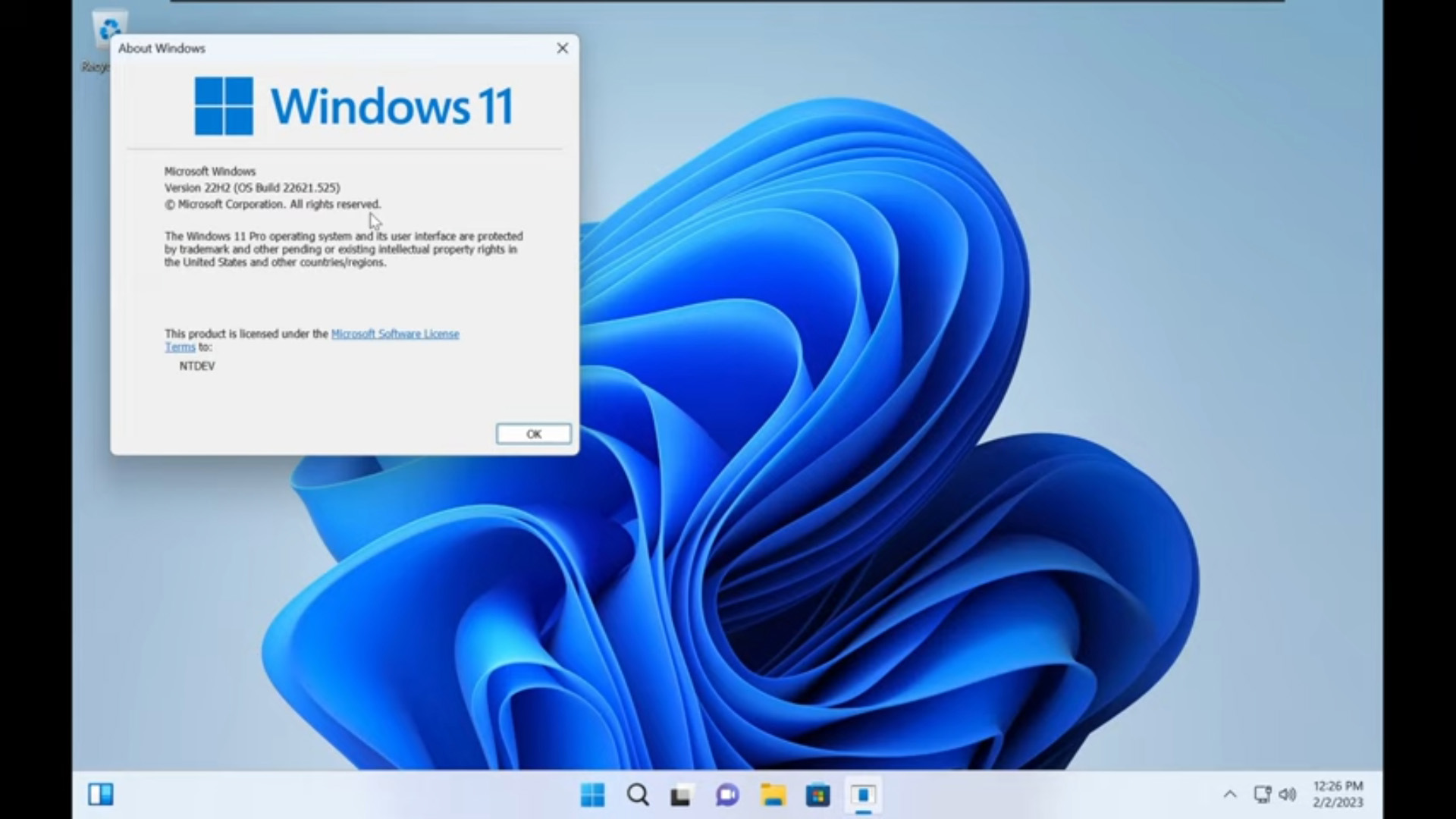 Tiny11 review: Windows 11 with only 2GB of RAM
Tiny11 review: Windows 11 with only 2GB of RAMReview A version of Windows 11 for older machines that don't meet the full requirements
By Nik Rawlinson
-
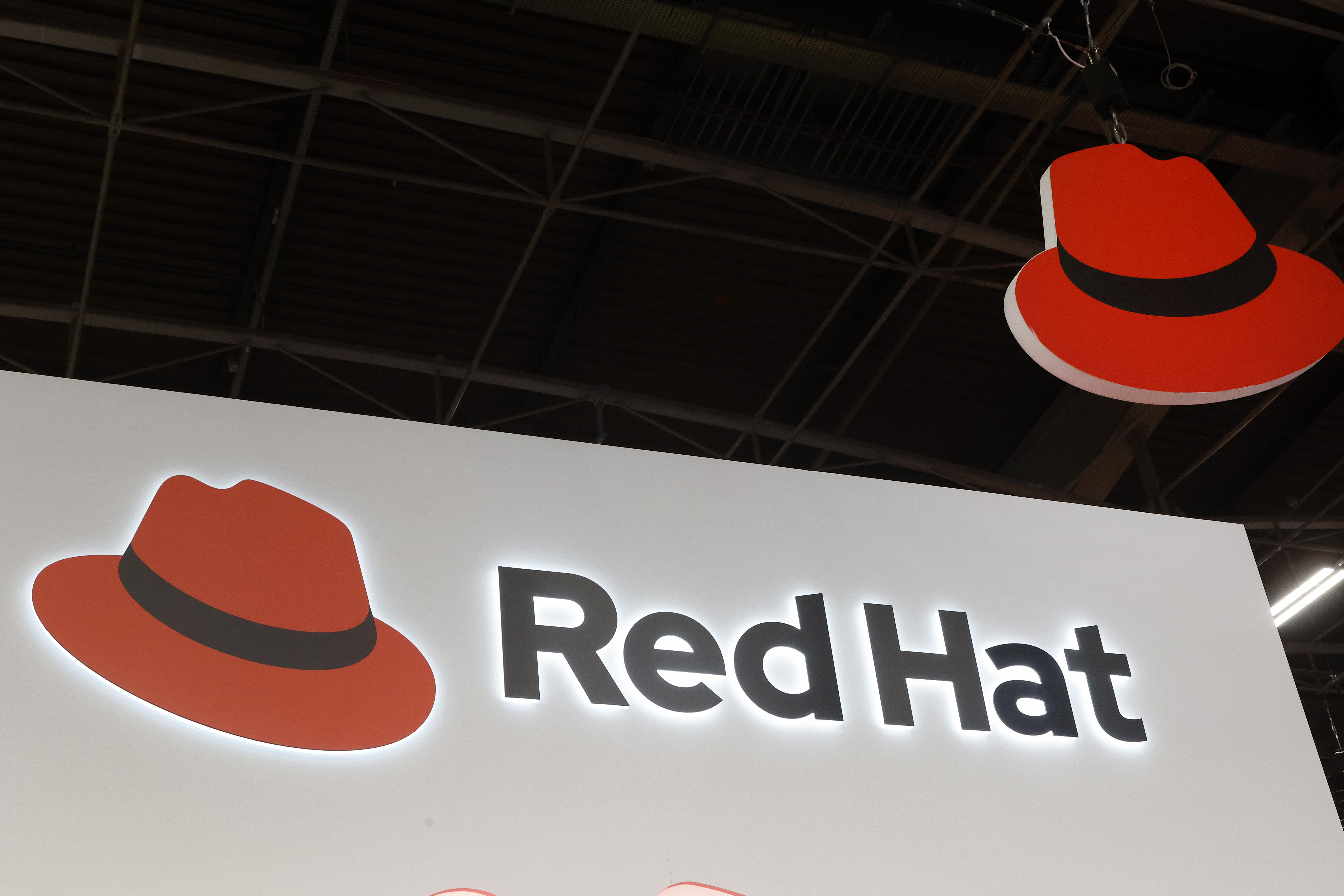 Red Hat Enterprise Linux becomes foundational operating system for Cohesity Data Cloud
Red Hat Enterprise Linux becomes foundational operating system for Cohesity Data CloudNews New strategic partnership between Red Hat and Cohesity aims to drive innovation in the data security and management space
By Daniel Todd
-
 Ubuntu shifts to four-week update cycle
Ubuntu shifts to four-week update cycleNews Critical fixes will also come every two weeks, mitigating the issues involved with releasing prompt patches on the old three-week cadence
By Richard Speed
-
 AlmaLinux follows Oracle in ditching RHEL compatibility
AlmaLinux follows Oracle in ditching RHEL compatibilityNews Application binary compatibility is now the aim with 1:1 now dropped
By Richard Speed
-
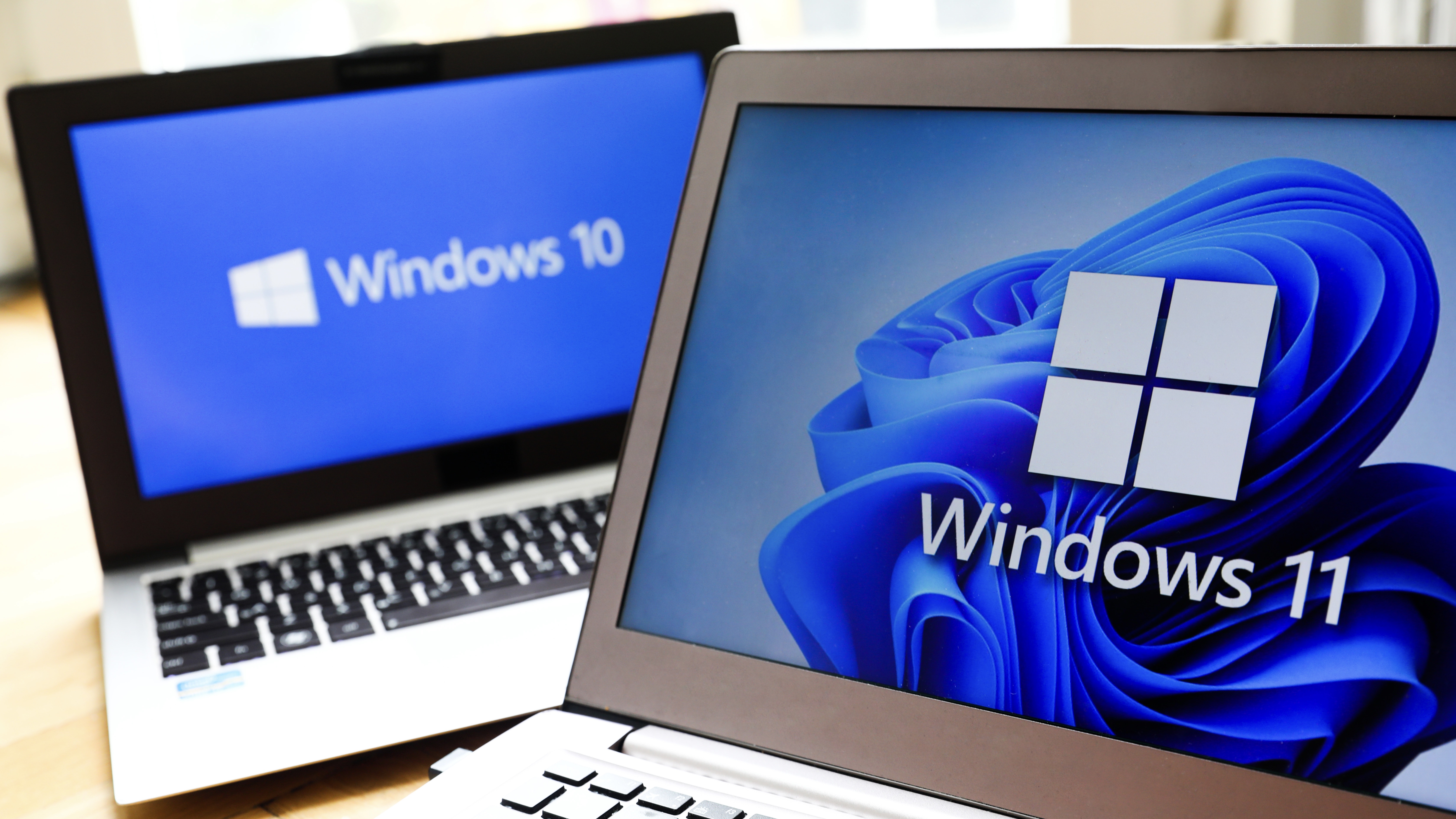 How big is the Windows 10 cliff-edge?
How big is the Windows 10 cliff-edge?ITPro Network With some comparing the upcoming Windows 10 end of life to Windows XP, we ask members of the ITPro Network for their insight
By Jane McCallion
-
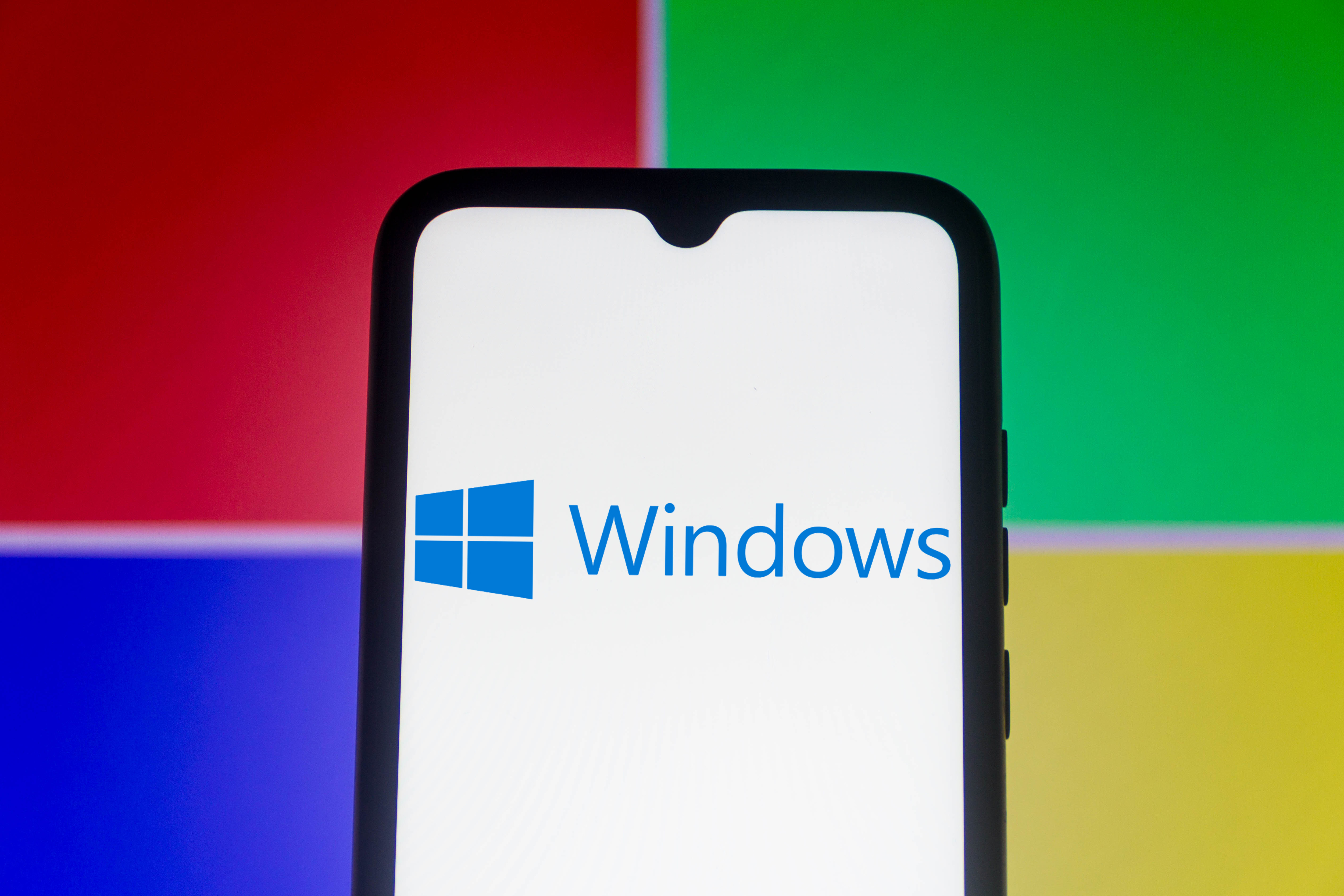 Everything you need to know about the latest Windows 11 updates - from bug fixes to brand-new features
Everything you need to know about the latest Windows 11 updates - from bug fixes to brand-new featuresNews Two new cumulative updates are on the way and will be installed automatically on Windows 10 and Windows 11 machines
By Rory Bathgate
-
 How to download a Windows 11 ISO file and perform a clean install
How to download a Windows 11 ISO file and perform a clean installTutorial Use a Windows 11 ISO to install the operating system afresh
By John Loeppky

